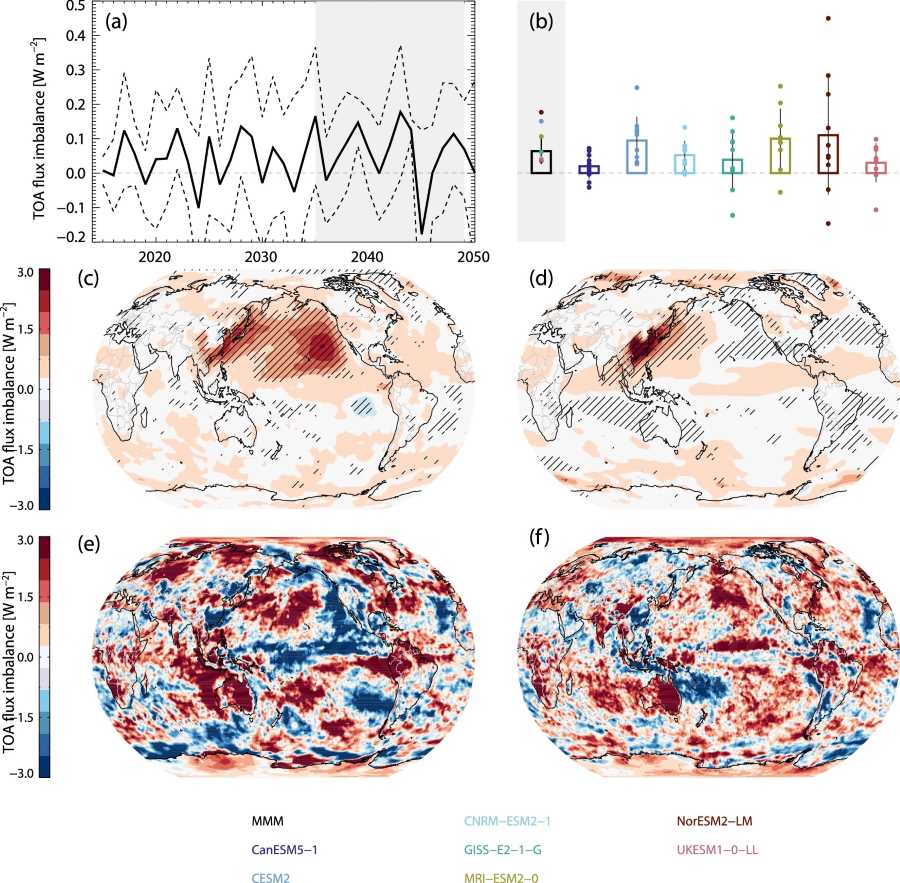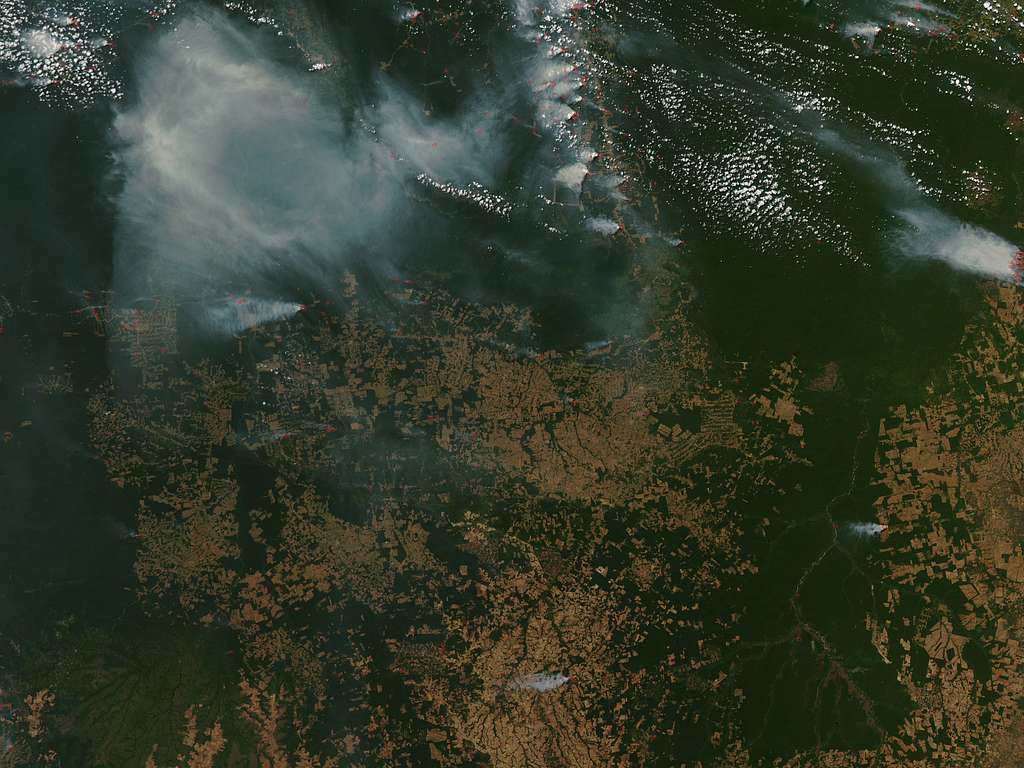Summary:
The rapid acceleration in global warming since 2010 may be linked to a surprising culprit: cleaner air over East Asia. A new study published in Communications Earth & Environment finds that sharp reductions in sulfate aerosol emissions – primarily from China – have likely unmasked the full impact of greenhouse gases, contributing significantly to the recent uptick in global temperatures. Using simulations from eight major Earth System Models, researchers estimate that the aerosol decline accounts for a global mean warming of about 0.07 ± 0.05 °C. The data suggests that East Asia’s aerosol reductions contributed approximately 0.05°C per decade to global temperatures since 2010, making it a main driver of the recent warming surge.
“Our study focused on the recent, dramatic speedup in global warming,” said lead author Bjørn Samset of Norway’s Center for International Climate and Environmental Research. “The spike in warming aligns with a dramatic drop in aerosol pollution from China’s skies.” While the cleanup has brought major health benefits, it has also removed short-lived pollutants that previously offset some of the warming from carbon dioxide. Study co-author Robert Allen of the University of California, Riverside, called the trend a “double-edged sword” – underscoring the need to reduce greenhouse gas emissions alongside air pollution.

Cleaner East Asian air unmasks a much hotter planet
One of the most pressing mysteries in climate science is why Earth has begun warming faster over the past 15 years. A new international study points to a surprising contributor: cleaner air in East Asia, particularly China.
The study found that East Asia’s aerosol reductions contributed about 0.05 degrees Celsius per decade to global temperatures since 2010. This accounts for most of the acceleration in warming observed during this period. The trend persists even after accounting for natural fluctuation events like El Niño.
“When something like the anomalous, record-breaking warmth of 2023 and 2024 happens, climate scientists start to wonder if there’s a factor we’re missing,” said Robert Allen, climatology professor at the University of California, Riverside. “This study was our effort to figure out what that might be.”
Lead author Bjørn Samset, a senior researcher at the Center for International Climate and Environmental Research in Norway (CICERO), said the answer became increasingly clear through multiple model simulations. “The spike in warming,” he said, “aligns with a dramatic drop in aerosol pollution from China’s skies.”
The findings are based on simulations from eight major climate models. Data came from the Regional Aerosol Model Intercomparison Project, or RAMIP, which includes contributions from modeling centers in the United States, Europe, and Asia.
Since 2010, China has implemented aggressive air quality policies, slashing sulfur dioxide emissions by roughly 75 percent. Before these policies were enacted, pollution was a leading cause of premature death in China.
But fewer cooling aerosols in the atmosphere also mean intensified warming, especially over East Asia. The region is expected to face more extreme heat, shifting monsoon patterns, and possible disruptions to agriculture.
Therefore, Allen calls the cleanup a double-edged sword. “Reducing air pollution has clear health benefits, but without also cutting CO2, you’re removing a layer of protection against climate change,” he said. “It highlights the need for parallel efforts to improve air quality and reduce greenhouse gas emissions.”
Allen explained that aerosols are short-lived in the atmosphere, so the spike in global temperatures they caused may also subside in the near future.
“Sulfur dioxide and sulfate aerosols have lifetimes of about a week. Once they’re removed, we’ll eventually settle back into a warming rate that’s more consistent with the long-term trend,” Allen added.
The study reinforces that carbon dioxide and methane remain the dominant drivers of long-term climate change. “Our study focused on the recent, dramatic speedup in global warming, which is very concerning but still small compared to the overall, long-term amount of warming from increased CO2 and methane,” Samset said.
Other regions, including South Asia, Africa, and North America, are also beginning to phase out aerosol emissions. RAMIP researchers plan to analyze how these shifts could shape climate trends in the years ahead.
In an attempt to keep climate change below dangerous levels while emissions reductions are pursued, some scientists have proposed mimicking aerosol cooling by injecting particles into the stratosphere. Allen urges caution. “It’s a card we might have to play if we’re pushed into a corner,” he said.
“But it comes with a host of risks, including disrupted rainfall patterns, food insecurity, and political tensions.”
The findings point to what must come next to preserve life on Earth. “Air quality improvements are a no-brainer for public health,” Allen said. “But if we want to prevent the worst impacts of climate change, we have to cut CO2 and methane too. The two must go hand in hand.”
Journal Reference:
Samset, B.H., Wilcox, L.J., Allen, R.J. et al., ‘East Asian aerosol cleanup has likely contributed to the recent acceleration in global warming’, Communications Earth & Environment 6, 543 (2025). DOI: 10.1038/s43247-025-02527-3
Article Source:
Press Release/Material by Jules Bernstein | University of California, Riverside
Featured image credit: Ketut Subiyanto | Pexels




